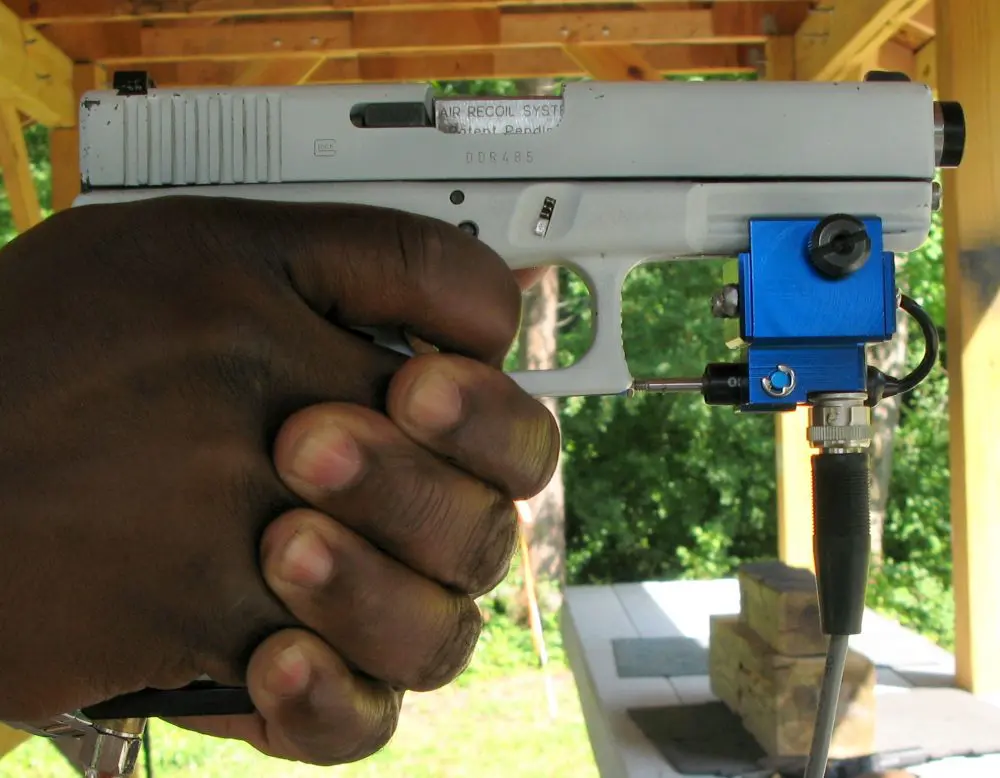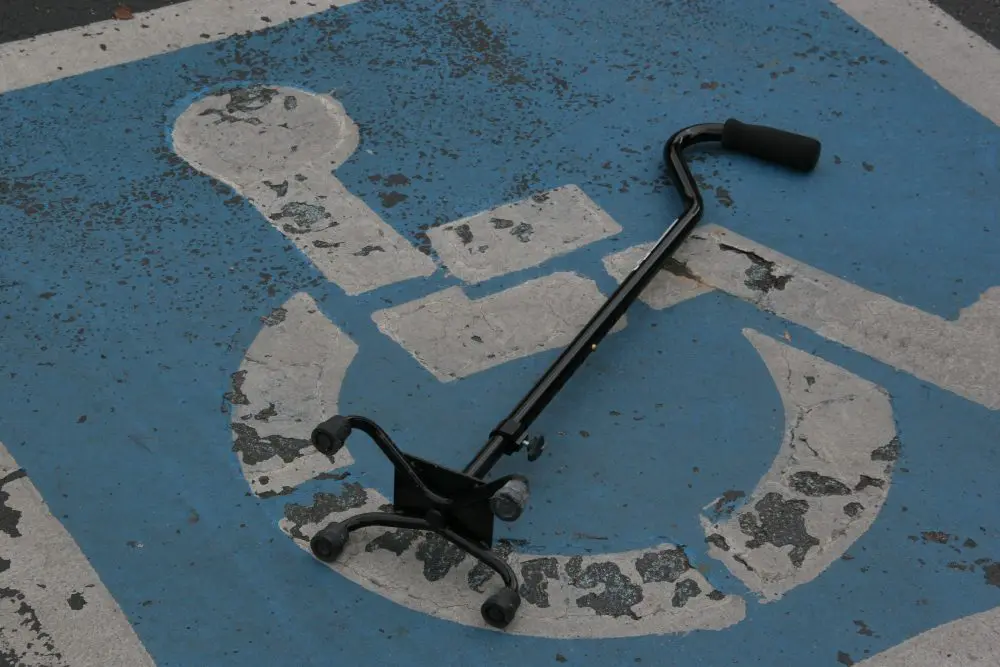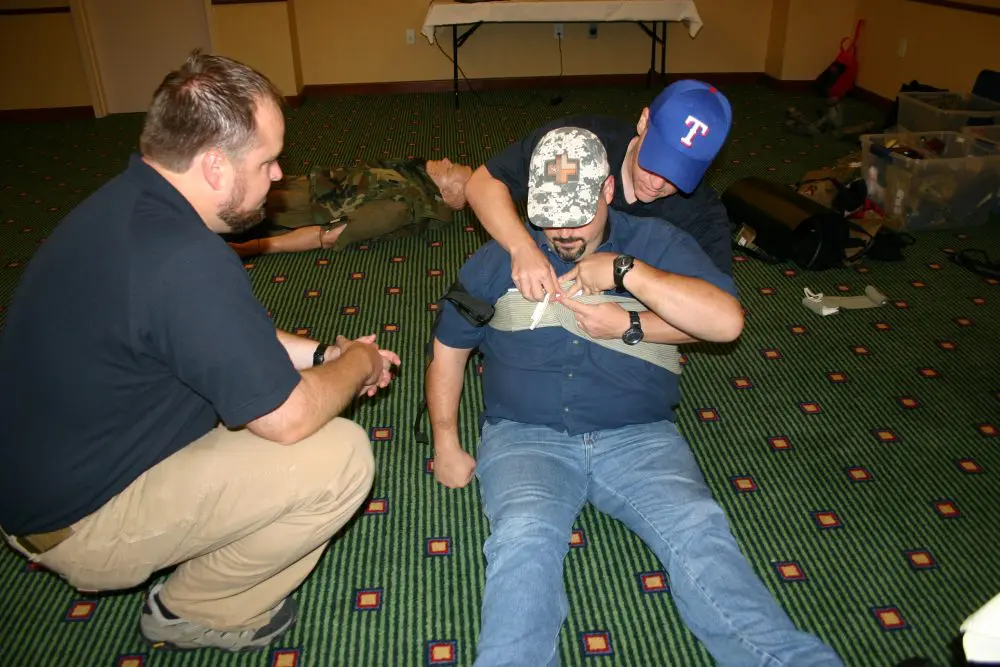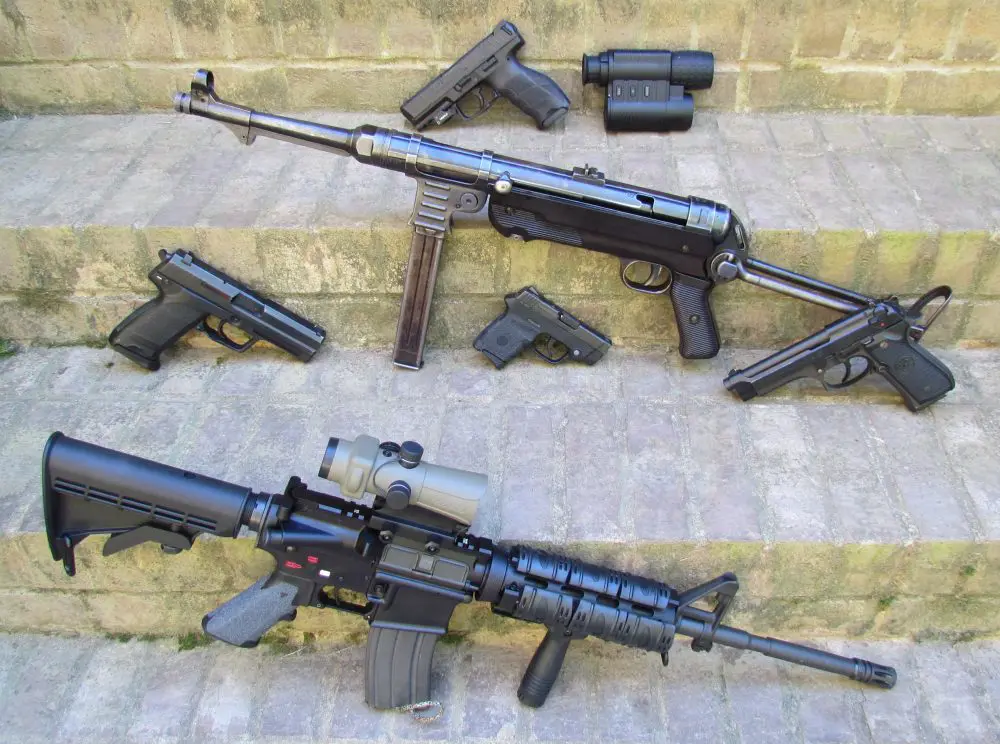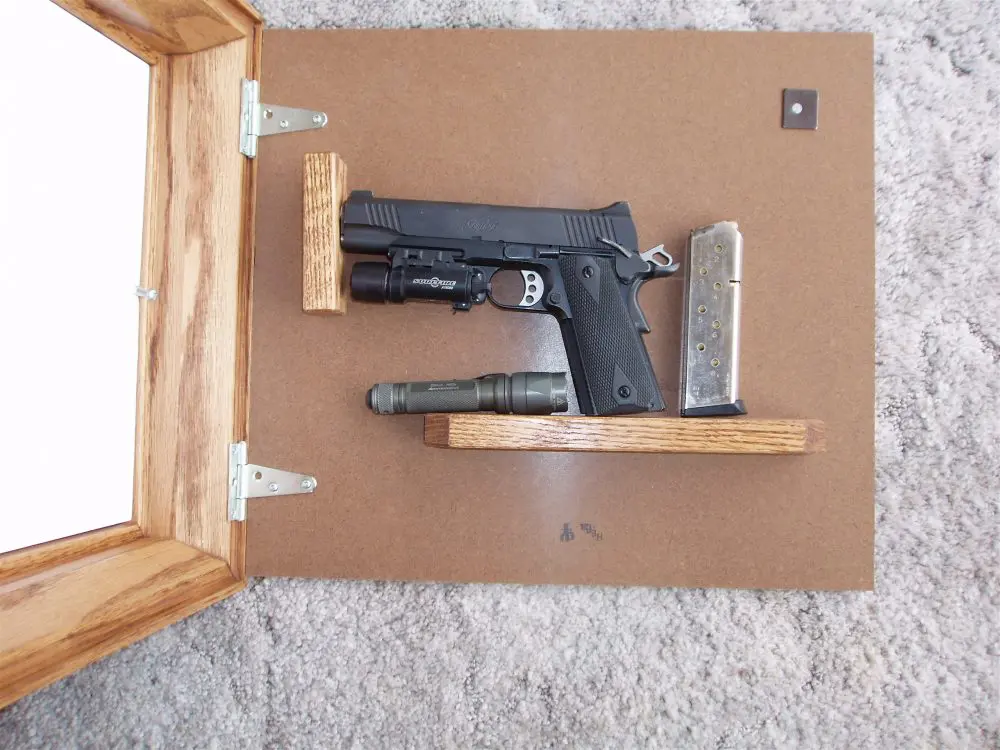Beretta knows how to build guns. It is an established company, but many shooters may not realize just how established Beretta is. Consider this: When the Pilgrims landed at Plymouth Rock, the Beretta family had already been making firearms for over 120 years!
Beretta has had a dominant role in the U.S. service pistol market since the M9 was adopted in 1985. The company became synonymous with the 92FS/M9 platform and its Traditional Double Action (or DA/SA) mode of fire. This was fine at the apex of the military contracts, but the law enforcement and then commercial markets fled the system in droves to the polymer-framed and striker-fired handguns typified by the Glock 17.
Beretta resisted this as long as possible and finally, in large part due to specification requirements in numerous large government contracts, began development of their own striker-fired service pistol. After years of careful development and tweaking, the result is the recently released APX.
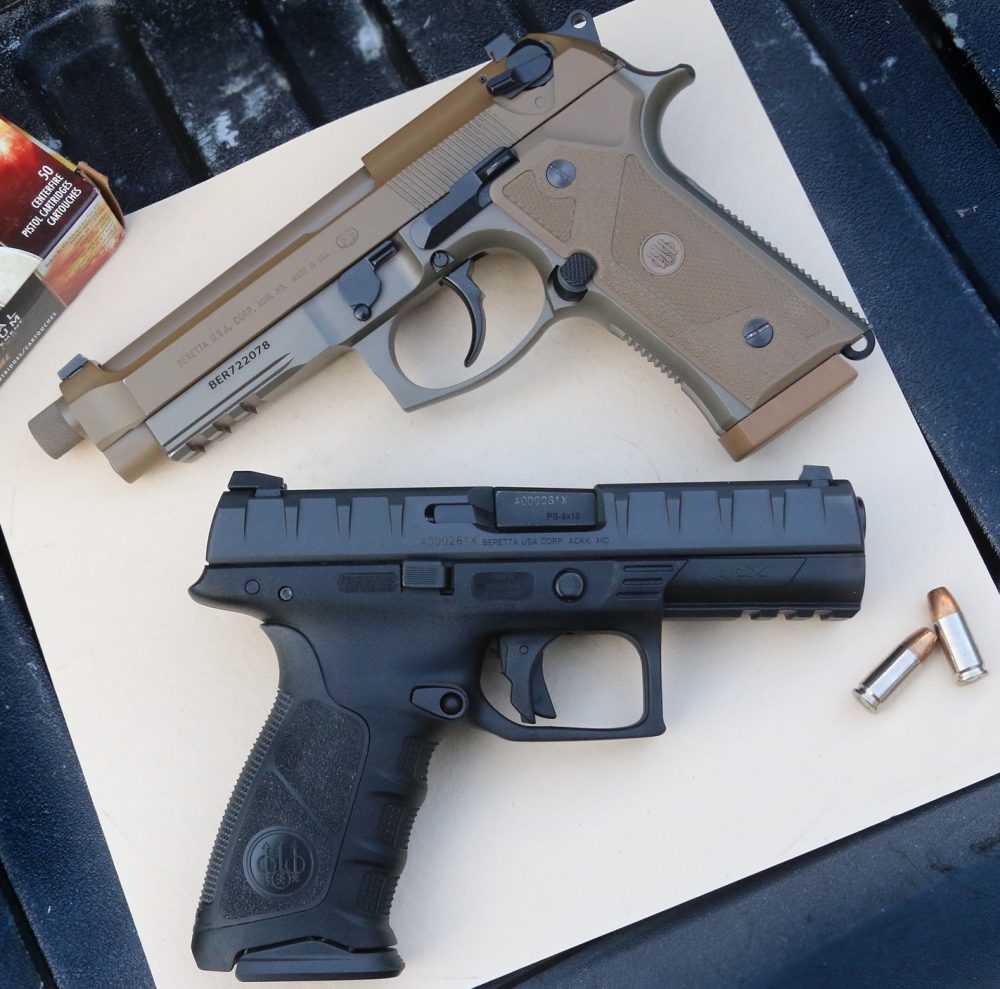
The APX is a service-size 17-round modular 9mm with polymer frame. In taking their time to develop the pistol, Beretta was able to extensively poll military and law enforcement on what they liked about current offerings and what was missing.The striker-fired service handgun market is nothing if not crowded at the moment, and if you are going to wade in and hope to register, you’d better have a long list of features to lure shooters away from the entrenched platforms.
The usual and strongest complaints about the Glock include its sights, trigger, texturing and grip size, scant controls, and takedown procedure. If you look hard at the new Beretta, the APX boasts a list of features that overlay those exact items and offer a few additional perks for good measure.
Let’s face it: Current handguns have taken on a mostly utilitarian aesthetic. The APX follows this trend and is all business, with a slightly futuristic flair. If Stormtroopers carried secondaries to their main blasters, I could imagine them looking like an APX. This pistol stands out from the crowd.
Table of Contents
ALL THE FEELS
Once you pick up an APX, the reaction is less about looks and more about feel. The grip is exceptionally well shaped to accommodate the typical “5th to 95th percentile.” There are slight, shallow finger grooves and removable wrap-around backstraps à la the Smith & Wesson M&Ps.
I don’t know what the actual tape measurements say, but the grip sure feels like it may be the smallest on the market.
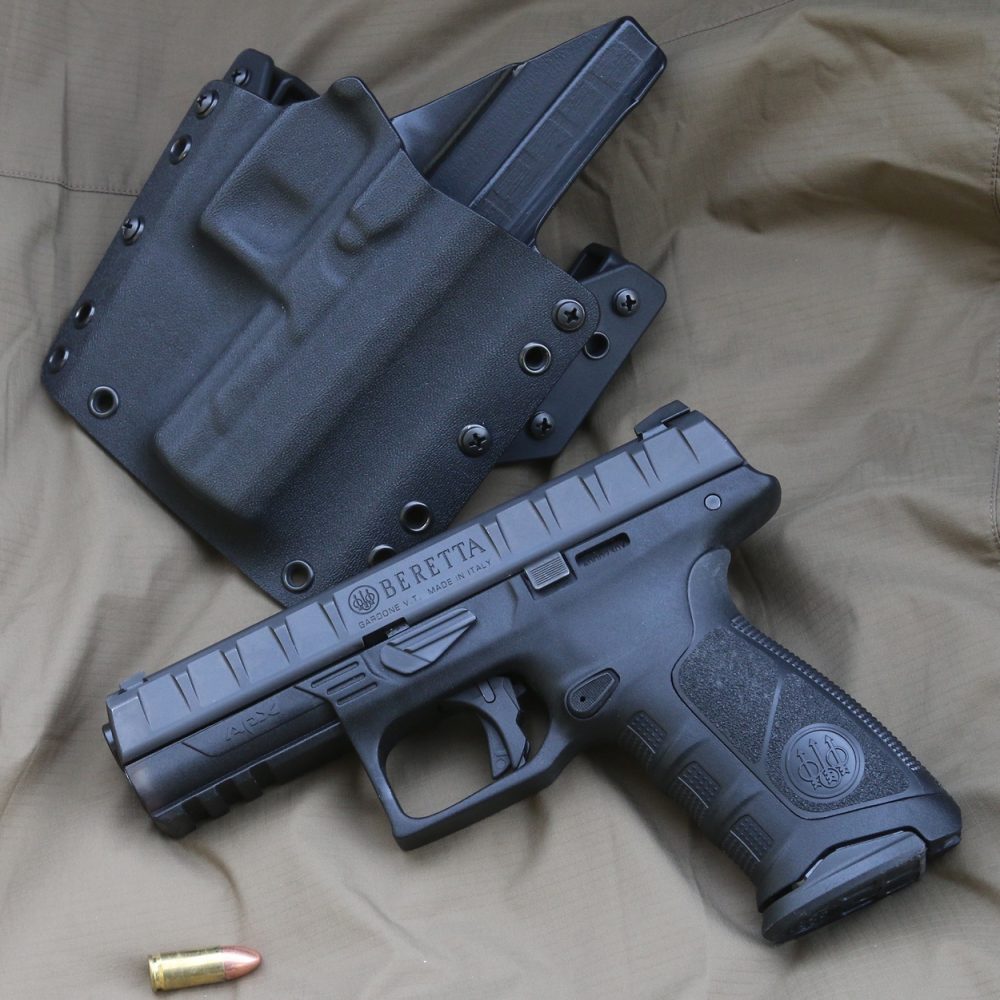
I’ve seen a number of men and women with barely 5th percentile little hands react very positively to the grip and control they can achieve with the small backstrap in place.I tend to run the medium inserts on most pistols with sized backstraps, but had a definite preference for the large option on the APX, and even with it in place, the grip felt svelte for a 17-round, full-size handgun.
You can’t help but notice the aggressive serrations that run the length of the slide: They are pronounced and work exactly as they look like they would. No matter how or where you grab the slide, there is a deep ledge to grasp.
Positive is an understatement. In fact, they are so grabby that shooters who “ride” the slide a little after its full retraction may find that they need to consciously let go. The serrations work well under stress and I wouldn’t be surprised to see aftermarket copycat slides appear that apply this feature to other platforms.
The APX ships with three-dot steel sights that dovetail into the slide for windage adjustment. The front sight has a larger white dot that draws the eye in, and the rear notch has a nice wide opening and a ledge on the leading edge to ease one-handed manipulations.
These are good sights as is and, although sights are a personal-preference area and I don’t normally like three-dot arrangements, I prefer these to much of the standard fare that’s available.
I’ve shot a dozen plus of the pistols and found that Beretta goes to the trouble to ship the APX with the sights regulated—something that can be haphazard to non-existent with some competitors.
TRIGGER
Let me drop anchor here for a moment. The trigger is the shooter’s interface to the action and, no matter how nice everything else is or “ain’t,” a good trigger sets the shooter up for hitting.
On the other side of the scale on a duty gun, the trigger is the final barrier to launching a deadly projectile and needs enough resistance and tactile movement to help prevent a life-altering “oops.”
Most of the striker-fired designs on the market tilt decidedly toward one of these conflicting requirements at the expense of the other. The APX splits the difference quite well.
The APX has a light resistance over about 1/4 inch and then an unmistakable “wall” where the real break is. The very flat, wide face of the trigger is placed right where the shooter’s index finger can get a straight-to-the-rear press and the striker releases relatively crisply after a small amount of travel.
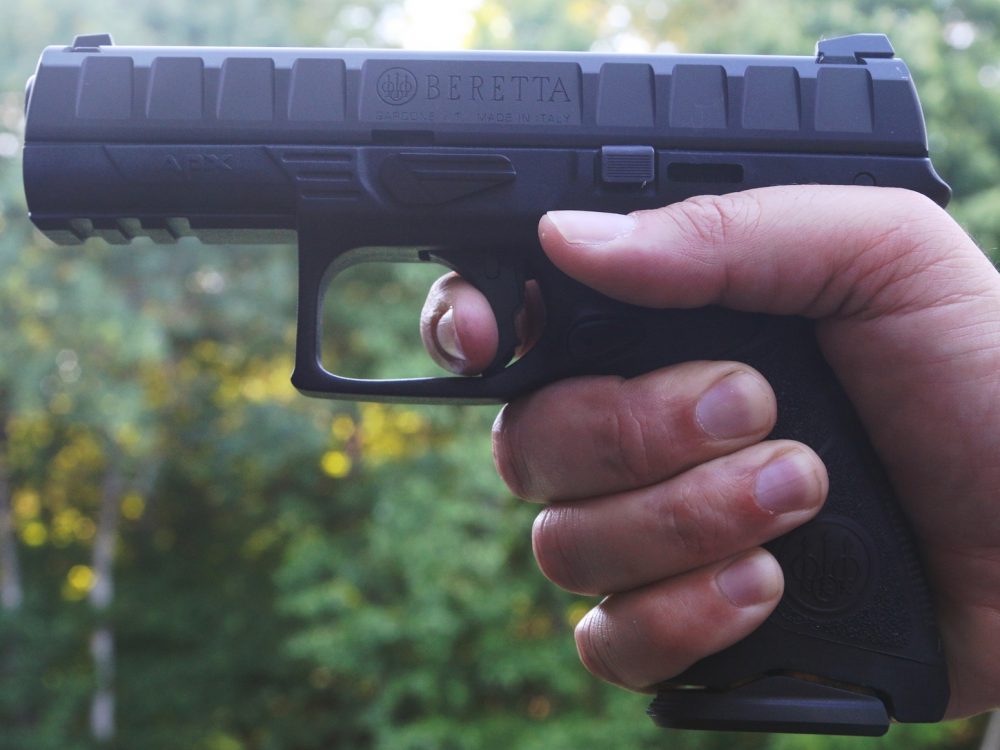
The scale consistently read 3.75 pounds from the wall and averaged 5.4 if you count the initial takeup. The trigger feel is unique, with the closest analogy being other striker guns that have had some good polishing and an aftermarket flat-faced trigger such as an Apex installed.In watching a dozen or so experienced shooters try the new Beretta on moderate pressure drills, I noticed none of the low and left impacts I would expect with an unfamiliar pistol. The flat face and relative position of the trigger to the firing hand seemed to encourage good hits.
The APX balances very well the need for a trigger that facilitates a clean break while providing enough resistance and travel to give a safety margin.
CONTROLS
When you go to drop the magazine from the APX, you immediately notice how naturally the release falls under the thumb. The magazine release was specifically designed to be accessible and release no matter what portion of the elongated teardrop shape was contacted. This will be a very welcome feature to those who regularly struggle to hit the “sweet spot” and with enough pressure on some of the pistols out there.
The slide release is interesting as well. If you survey most autos on the market, you can see a clear bias in their location where the release is situated to be activated with a certain hand. Some autos have the release more toward the muzzle for support-hand actuation and others place it aft to fall under the strong-hand thumb. The APX slide release is placed to be accessible to either technique.
In initial handling, you might think the part has too small a shelf and will suffer the same problems as a stock Glock release. But in live reloads, I have found the release to be just fine with either thumb. The opening in the pistol grip is not a traditional shape and serves very effectively as a flared magwell.
The blued steel magazines are equipped with an oversize baseplate that aids in seating the magazine. The sides of the baseplate flare and extend past the pistol grip to the front and sides. These are there so that, in the event of a stoppage that requires the magazine to be stripped from the gun, a shooter will find plenty of meat to grab.
In running the APX, I felt like I was reloading efficiently and without difficulty, but not particularly fast. Feelings lie … and often. When I broke out my timer, I discovered the times to conduct an emergency or slide-lock reload were impressive. My first four timed runs averaged 1.57 seconds shot to shot, with the best at 1.49.
I have exponentially more time on the Glock, but my reload times for a stock 17 tend to hover around 1.8. I think most shooters will give the controls on the Beretta APX high marks.
TAKEDOWN
The APX incorporates a unique striker bypass, so shooters do not have to pull the trigger in order to disassemble the gun. The shooter can depress an unobtrusive recessed pin on the outboard side to deactivate the striker. It’s a novel approach and a welcome feature for organizations that have had negative experiences with negligent discharges in conjunction with disassembly.
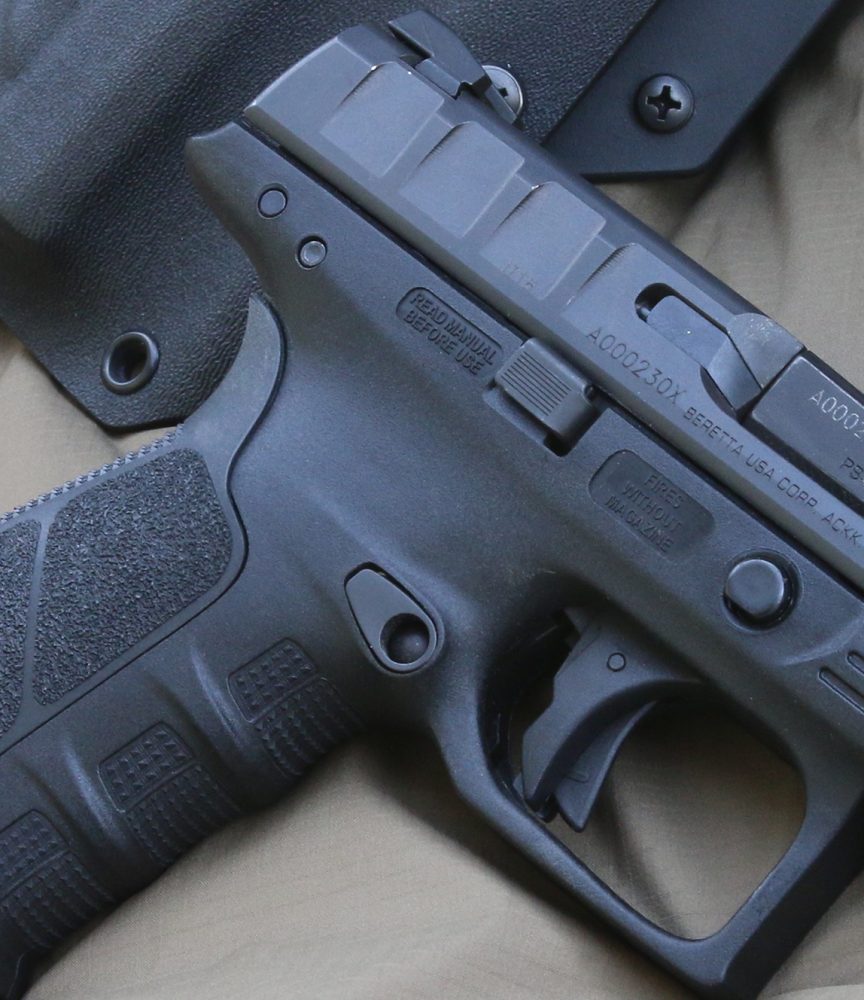
The natural concern for a feature such as this is whether the button can be accidentally depressed and render the holstered pistol “dead” until the slide is racked. It is possible, but I suspect highly unlikely based on its size, relative protection, and force required to depress.There is a takedown lever that operates similarly to the 92 series to remove the slide. The lever extends to the ejection port side as a large button that is depressed, then the lever can be rotated down on the inboard side to free the top end.
Once the slide is off, the serial numbered “chassis” that houses the trigger and frame rails can be removed. This is a simple affair: lift a retaining spring and drive out a single pin after removing the takedown lever. This chassis is legally the firearm per BATFE and, like the SIG 320, a shooter can easily swap the APX to other frames or slide assemblies.
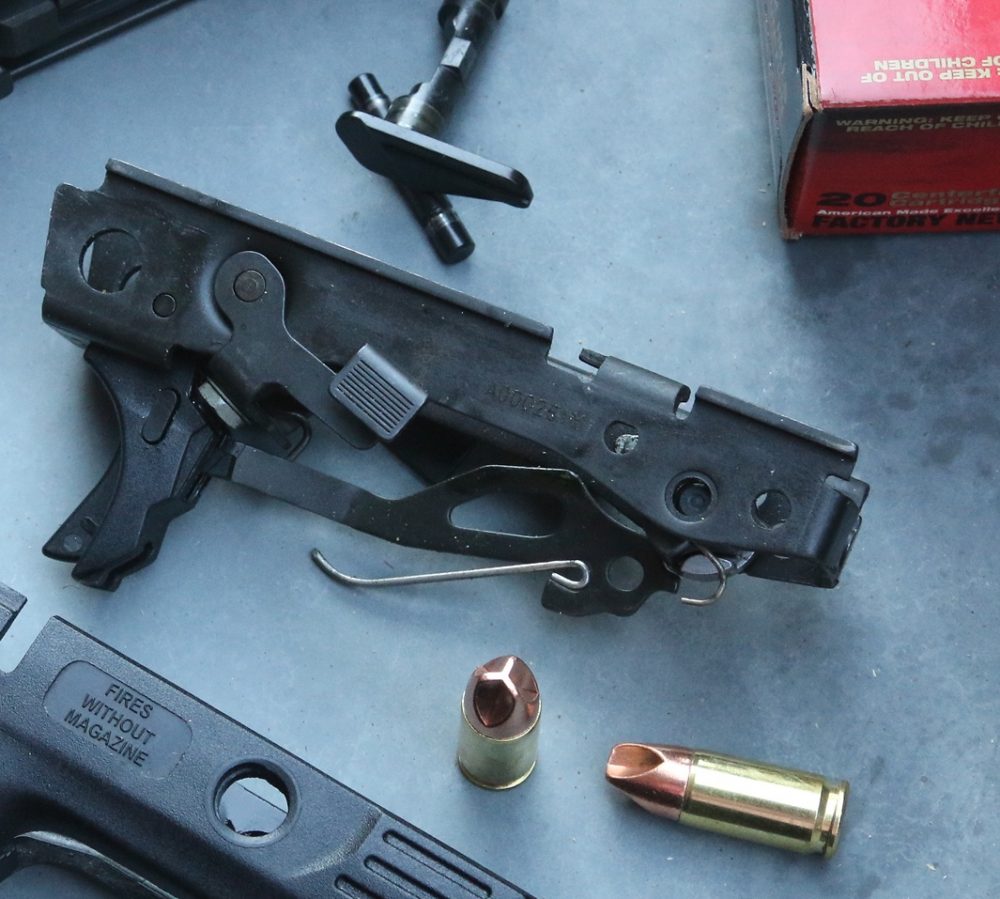
The frames are already available in Black, OD Green, an Earth color, and Grey for about $50 each. This is an attractive option for those inveterate tinkerers who absolutely must stipple anything that comes within arm’s reach but whose “artistry” runs the ragged edge of ruining a frame.Beretta plans to release other calibers and eventually compact slides and frames that can all interchange with the serialized trigger unit.
DOWNRANGE
Beretta has a long-won reputation for accurate pistols, and the APX holds the line. The 4.25-inch barrel dumped five 115-grain Hornady American Gunner XTPs into 1.75 inches for the very first group I shot from a barricade at 25 yards. Hornady’s new 125-grain Steel Match loads laid down a 1.5-inch group. Black Hills’ new Honey Badger solid-copper carry loads clustered into 2.25 inches. The pistol shoots. The average across most loads was in the low two-inch range.
The quality trigger break makes that accuracy available on demand. In very little spin-up time, I was shooting my standard battery of drills at a level on par with customized Glocks and M&Ps and two horse lengths ahead of stock service guns.
The APX gobbled up steel plates at ten yards like candy. Super Vel’s Hush Puppy 147-grainers were clearing the rack at about 2.5 seconds. Stock service-gun times tend to be three to four tenths of a second slower for me.
I put the APX through the Five-Yard Roundup, a drill of four strings of 1.5 seconds each with as many hits as possible to an eight-inch circle from the holster, from the ready, strong-hand only, and then support-hand only.
My stock Glock 17 score averages 11 hits. The APX stacked up 14 hits in time with the Super Vel Hush Puppies. The pistol handles recoil well. While it doesn’t feel like the softest or “flattest” shooting pistol out there, the timer shows again that feelings are a poor indicator of performance. The combination of very good texture across the grip, quality trigger, and high-visibility sights allow the APX to “run.”
Most stock striker-fired guns can be shot pretty well in the ten-yard and nearer bracket, but let the shooter stray much farther and the trigger break begins to handicap best performance. The Achilles’ heel of the striker service auto is strong-hand-only at any distance.
After several substantial piles of Super Vel and Federal’s new polymer-coated Syntech, I felt ready to stretch out the APX for an acid test.
I had a Defense Targets Ready Ship Target, a reduced steel silhouette, at the berm and settled in at 42 yards. (I know, strange distance, but that’s where the shade was and the distance looked “pretty far.”) I decided to try strong-hand-only rapid-fire strings: five shots in ten seconds.
The first two attempts were each five for five with the Steel Match 125s. I was rightly pleased and impressed—that would be a steep climb with most stock service autos. I backed off the speed for a group and clanged into 4.75 inches at a 20-second cadence. As I said, the Italian auto shoots.
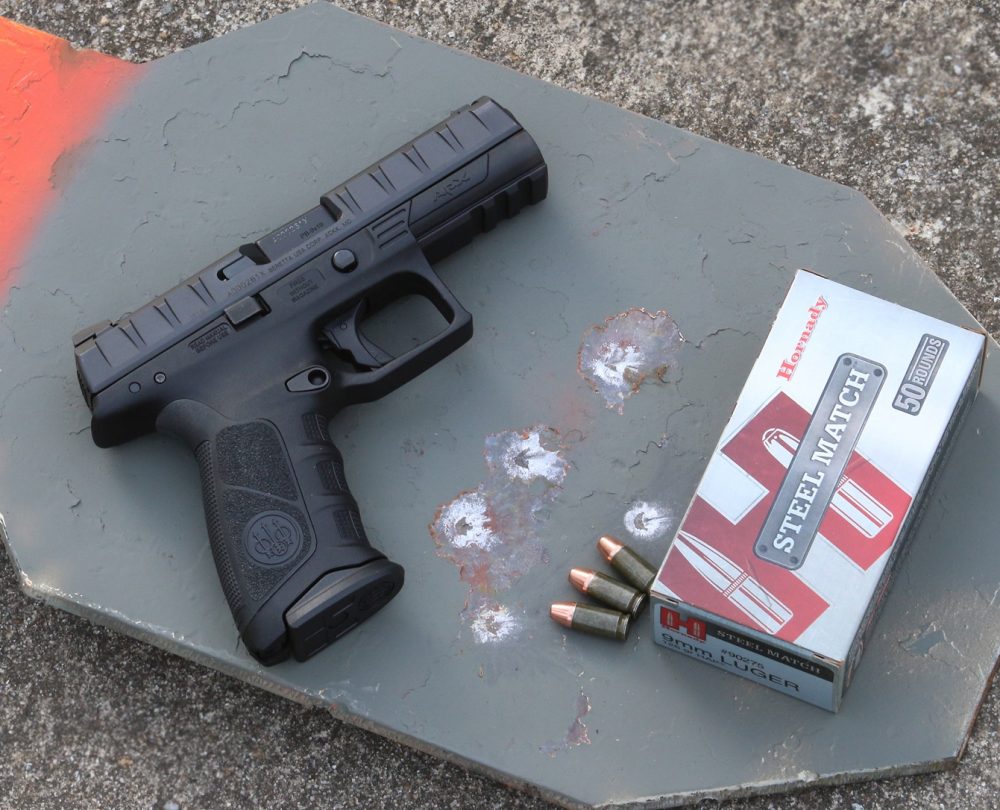
RELIABILITY
The APX gobbled up a wide range of brands, weights, and bullet profiles, all without complaint. I put about 900 rounds through one pistol and maybe 600 through another. Reliability is a built-in expectation in the service pistol market and, from what I’ve experienced and seen so far, the APX looks to check out fine.
It will take testing and/or adoption by multiple large agencies before we get a sense of how durable the platform is and what the replacement intervals for key components are. Initial indications are positive, and design features such as the dual recoil spring should help extend cycles between maintenance.
WHAT’S THE CATCH?
You’re not going to find piles of spare mags at clearance prices anytime soon, or maybe ever, for the new design. Holsters are available already, but variety and options will be dictated by marketplace acceptance. Ditto for aftermarket sights or other goodies.
The APX is a little wider than the market leaders, not a concern for a belt pistol, but it might be for those carrying in the waistband. The pistol has no loaded chamber indicator, the one omission in an otherwise feature-rich handgun.
Those items notwithstanding, the APX is among the first tier of candidates I’d round up to evaluate for an organizational sidearm. The Beretta is a solid option in a crowded market. With 500 years of gunmaking behind them, you expect as much.
Justin Dyal retired from the U.S. Marines as a Lt. Colonel with worldwide experience in specialized units. He has taught and been responsible for numerous advanced skills and weapons courses within multiple organizations.
SOURCES
BERETTA U.S.A. CORP.
(800) 237-3882
www.berettausa.com
BLACK HILLS AMMUNITION
(605) 348-5150
www.black-hills.com
HORNADY MFG. CO.
(800) 338-3220
www.hornady.com
SUPER VEL AMMUNITION
(702) 232-4527
www.supervelammunition.com

